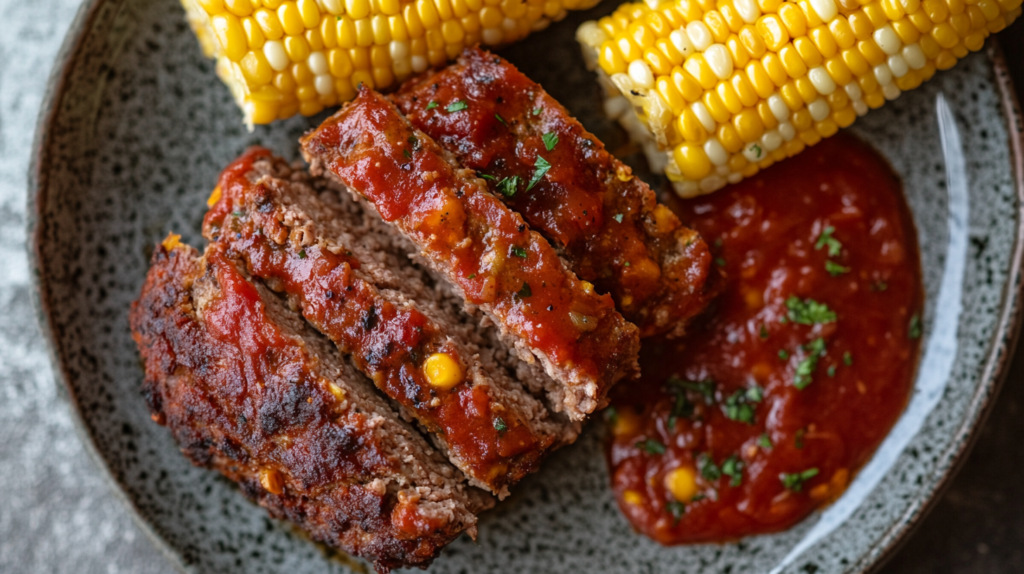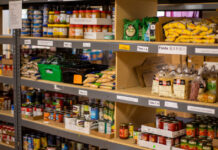
The following may make me sound like a grumpy old man complaining about how things were better “in the good ol’ days,” but bear with me. The point I am making affects everyone, regardless of their age.
When I was in high school, I worked in an ice cream shop where a scoop cost 85 cents. Last week, while attending a food truck roundup, I bought a scoop of ice cream for $5, and it was smaller than the 4-ounce scoop we used to serve. I was disappointed.
The ice cream maker in an acquaintance of my wife (what can I say, it’s a small town). My wife says the woman makes all her own ice cream. Of course, she owns the food truck, too. Well, we made all our own ice cream at the shop and they had to pay rent and other overhead, so I think it equals out.
I’m not against a small business person making an honest living, and I understand she can only sell ice cream six months out of the year. I simply object to the cost of ice cream increasing 588 percent in 40 years.
But here’s something interesting: Back when I was serving up cones for 85 cents, gold was about $440 an ounce. It’s 568 percent higher today. In other words, when valued in gold, the price of ice cream is unchanged. This shows how owning gold can help you escape the damage done to your buying power by inflation.
City Prices are Even Higher
Let’s keep in mind that the $5 is a small-town price. I used Google to determine the ice cream parlor where I used to work is long gone. Some further searching found that a small ice cream cone at a Ben & Jerry’s store in the same area cost $10.50. I could not believe the price—it must be an anomaly, I thought—so I looked at another store on Yelp and pulled up their menu. A cone there was $11. Prices today that are 1,200 to 1,300 percent higher than when I worked there in the 1980s.
When I saw this, I had a few thoughts:
- Boy, I am sure glad I don’t live in a big city.
- If you charge me $10 or more for a scoop of ice cream, it better be the best damn ice cream I have ever had.
- Gee, maybe $5 a scoop for “homemade” ice cream isn’t all that bad.
- This is why I don’t go on vacation. Everything is so expensive.
We have an old-fashioned ice cream maker, the kind where you need rock salt and water to freeze the cream. I am tempted to make a batch using honey instead of sugar and see what our cost per scoop is. All we would have to buy is milk and cream.
The Death of Dining Out
We don’t eat out much anymore, and when we do, it is often with friends for social reasons. Price is a contributing factor, but so is distance. It’s 15 or 20 minutes to the nearest restaurant, 45 minutes to the better ones. We don’t feel like making a 90-minute round trip just to have someone else cook.
We used to enjoy eating breakfast out, but because we raise chickens and produce our own eggs, it feels counterproductive to pay someone else fry up an egg. I can make eggs and bacon for about $1. If I eat in a sit-down restaurant, it’s going to be $12 or more after I leave a tip. That’s hard to justify. Likewise, my wife can brew a cup of coffee for less than 50 cents. In a restaurant, coffee is going to be a few dollars, although you get free refills.
Considering we have no water or sewer bill and we now have “free” electricity from our solar power system, cooking at home is cost-free. As long as the sun is shining, we can use the stove, oven and dishwasher at no cost. Hard to justify spending money to eat out if it isn’t a special occasion.
Fast Food
When I commuted to work, I ate fast food because it was fast. I could pick up breakfast for $3.85 and eat it in my car faster than I could make breakfast at home. Back then, time was more valuable than money, so speed counted. Today, I have more time than money, and breakfast has become a leisurely meal.
I haven’t eaten at McDonalds much since my kids outgrew their play land, but I saw reports their prices have climbed 40 percent in the past 5 years. They blame it on higher costs for ingredients, overhead, and rising employee salaries, often driven by rising minimum wages. I don’t doubt them, but I expect few people are making 40 percent more money today than they were 5 years ago.
Based on the advertisements I see, the $5 value meals are smaller than they used to be. Dairy Queen’s value meal has jumped to $7. (Forty percent more than $5.) Bojangles used to include a sweet tea with their chicken dinner; now it’s $2 or $3 extra and the dinner is much more expensive, so I just skip the tea.
It’s not a good time to be a fast food franchisee or a restaurant owner. Hard times ahead, no matter how many kiosks and robots they use.
Eat at Home
If you are having difficulty making ends meet or can’t find some extra room in your budget to buy preps, stop eating out and make your meals from scratch. Don’t buy processed food or microwave meals you heat-and-eat. Buy ingredients and make your own meals. You can control your costs, you can plan to have leftovers to eat on another day, and you can adjust recipes to suit your needs.
For example, last night I had meatloaf and corn on the cob for dinner. My wife made the meatloaf several weeks prior and froze the leftovers. The corn came from a local farmer, who charged us $1 an ear. (Didn’t corn used to be four for $1?) After we ate it, the cobs were given to the chickens who peck out every last bit of corn.

My wife pulled this together quickly because the main entrée was frozen, but I expect making the meatloaf originally took 90 minutes. But we’ll get three meals from it and it’s not a processed food loaded with sugar and chemicals; it was real food, both tasty and healthy.
If you need fast, friendly recipes for families, my wife recommends the website https://www.onceuponachef.com/. In fact, I am pretty sure we have several jars of the refrigerator pickles featured on her home page in our fridge right now.
Meal planning is another important skill, as is making a shopping list and buying only what is on it, plus any outstanding sales you run across. I’m not trying to make you a trad wife, but those skills our parents and grandparents had saw them through the inflationary period of the 1970s. Perhaps you should dust them off and get some practice.
If you are not cooking at home, you owe it to yourself and your family to give it a try. It’s also a valuable survival skill.






